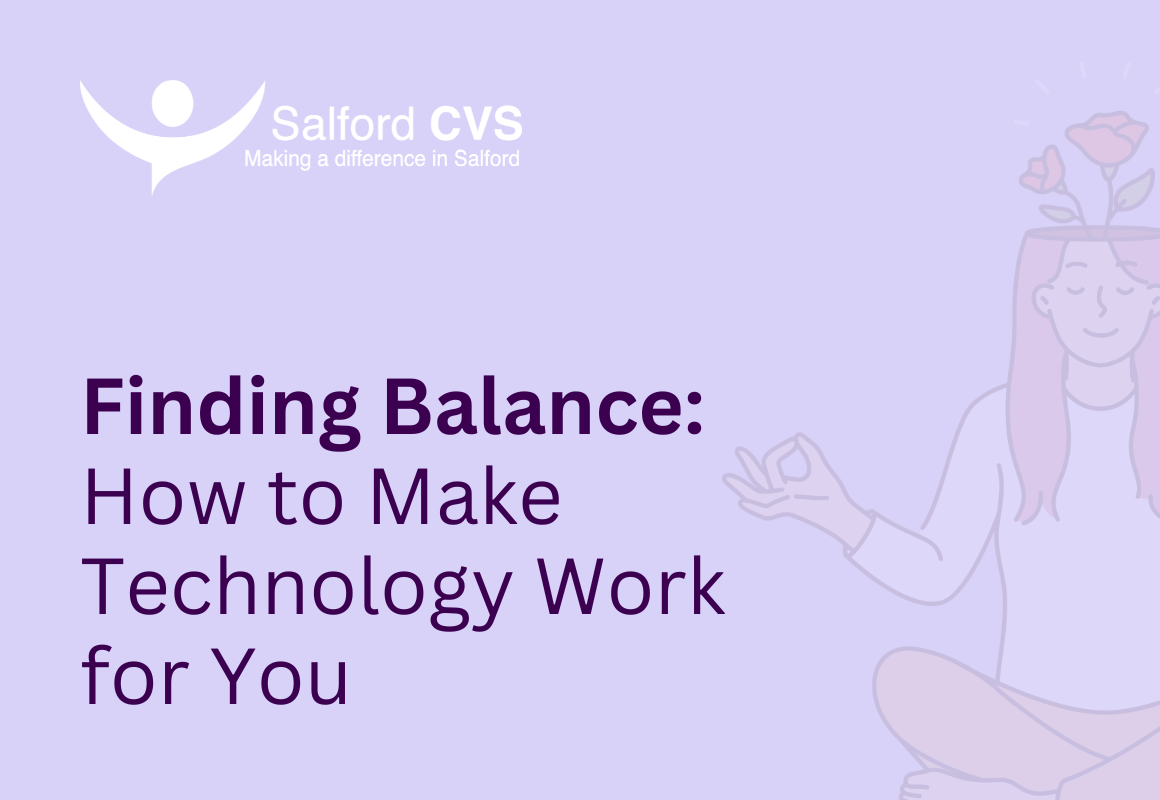
Do you struggle to focus on work? Do you often feel overwhelmed? Are you constantly distracted by notifications? In our fast-paced world, technology can feel like a double-edged sword. While it offers us incredible tools and conveniences, it can also become a source of constant distraction and stress. However, I’ve found there are some simple strategies, that can turn technology into an ally rather than a tyrant. Here are some tips to help you reclaim control and improve your wellbeing.
1. Set Boundaries with Your Devices
One of the most effective ways to manage technology is by setting boundaries. For example, during meetings or focused work sessions, put your phone on silent and disable Outlook email popups or notifications. This simple step can significantly reduce interruptions and help you stay focused. Instead, schedule specific times to check your emails, messages and social media, so you're not constantly breaking your concentration.
2. Embrace the Power of Silence
While some people thrive in complete silence, others find it challenging. If you fall into the latter category, why not use background sounds to create a conducive work environment? Some people can work with music in the background, but some other's music can be distracting. An option can be using apps like 'Calm' which offer soundscapes such as rain or ocean waves, which can help mask distractions and improve focus. In addition, YouTube, Spotify and BBC Sounds can also offer ambient sounds. This can be particularly good if you, like me, suffer from tinnitus, as background sounds can help you tune out the ringing in your ears.
3. Try the Pomodoro Technique
The Pomodoro Technique is a time management technique that involves working in 25-minute intervals, followed by a 5-minute break. This approach can help you maintain focus and prevent burnout. After completing a few cycles, take a longer break to recharge. This rhythm of work and rest can boost productivity and keep your mind fresh.
4. Take Regular Breaks
It's important to give yourself mini-breaks throughout the day. After completing a task, take a moment to stretch, grab a drink, or walk around. These short breaks can help you process what you've just done and prepare for the next task. Regular movement is also key to your physical health, preventing eye strain and back pain.
5. Understand Your Natural Rhythms
Everyone has peak times of the day when they are most productive. Identify whether you're a morning person or are more productive in the afternoons. If you can, schedule your most demanding tasks during these periods to make the most of your natural energy levels. During low-energy times, focus on less demanding activities like checking emails, doing timesheets or processing straightforward tasks.
6. Plan Your Time Wisely
Effective time management involves planning and prioritising your tasks. By scheduling specific times for different activities, you can avoid the tyranny of constant notifications and fragmented attention. This approach not only improves your productivity but also supports your mental health by reducing feelings of overwhelm and stress.
Final Words
Taking control of your technology can create a more balanced, productive, and fulfilling work life. Remember, the goal is not about removing technology but to make it work for you. With a little planning, you can enjoy the benefits of technology without letting it dominate your life and protect your mental wellbeing.